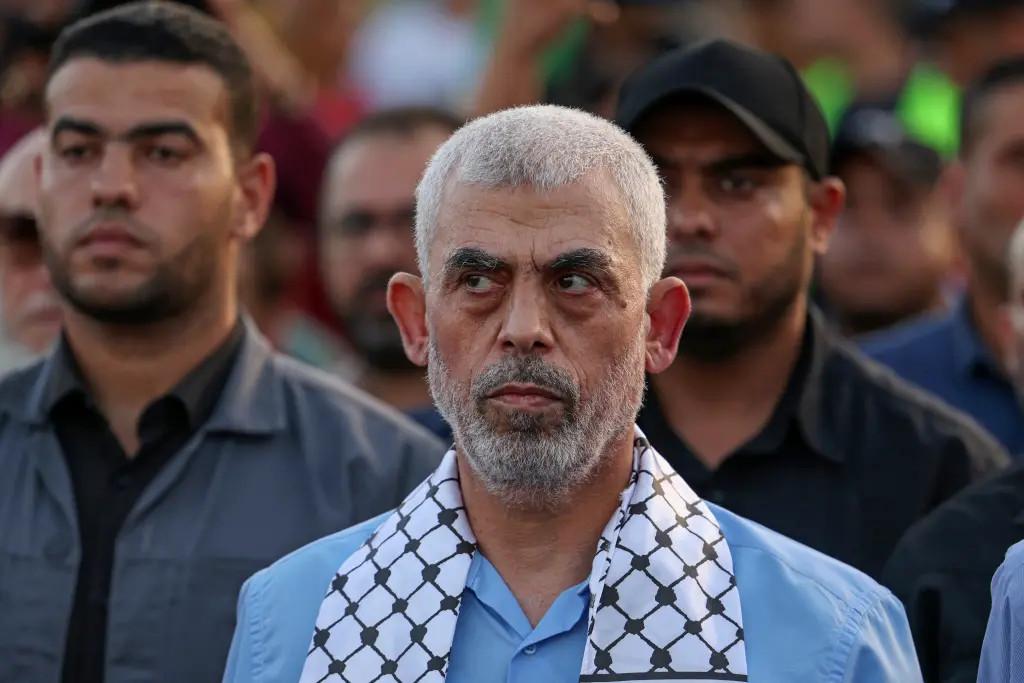
Hamas-connected journalists have worked for global mainstream media outlets for years
They executed their infiltration to perfection last Oct. 7, but it had been meticulously planned for years.
Some of those planners were connected to Hamas, some to other terror groups in Gaza and some had praised Adolf Hitler on social media.
All were virulently antisemitic and committed to doing what they could to wipe out Israel.
That description obviously fits the Nukhba terrorists who murdered 1,200 Israelis on Oct. 7 and more than 400 more since then.
But it also describes Gazans who have been working as journalists in major mainstream media outlets where ordinary Americans receive their daily news.
Hamas called its plan for invading southern Israel “Jericho Wall,” and it included “everything in great detail, from how many Nukhba brigades would come, to how they would break through the barrier, and even those so-called reporters who would join the brigades and broadcast the operation in real time,” investigative reporter Ilana Dayan revealed to The Jerusalem Post in March.
Hamas learned the importance of manipulating international media from other terrorist groups.
Hezbollah, for instance, has had a coordinated media infiltration plan for more than a decade.
The Popular Front for the Liberation of Palestine has taught media courses in Gaza since 2012.
Realizing their ability to defeat the Israeli militarily was limited, Hamas adopted a long-term strategy of exploiting global media to shift public opinion and impact international policy.
Al Jazeera, which is essentially Qatari state media, has employed active terrorists in Hamas, which like the network itself is funded from Doha.
One such “employee” held a senior role in a Hamas anti-tank unit and taught young jihadis how to fire missiles and make incendiary devices.
Others were part of the Hamas force that invaded Israel, including Ismail al-Ghoul, who was targeted by the Israel Defense Forces in late July.
Then there’s Abdallah Aljamal, who was killed by the IDF during a June raid to free three hostages he held at his Gaza home. Aljamal was a regular correspondent for The Palestine Chronicle.
Top media outlets — from the Associated Press and Reuters to CNN and The New York Times — have also hired or published images by photographers who infiltrated Israel on Oct. 7.
Media watchdog HonestReporting made waves in November by questioning how photographers knew to enter Israel so early on Oct. 7 to take the first pictures of the attack broadcast around the world.
Since then, it has been revealed that photojournalist Hassan Eslaiah, who was working for AP and later CNN, was close to Hamas leader Yahya Sinwar, who was photographed kissing him last year.
Two months later, HonestReporting revealed an Instagram Live video of Reuters photographer Mohammed Fayq Abu Mostafa excitedly displaying images he snapped of Hamas atrocities on Oct. 7 and bragging he had been in the Israeli border city Sderot taking part in the infiltration “since the beginning.”
Fayq Abu Mostafa described breaking into a room where Israelis were hiding before they were taken by Hamas terrorists. He then allegedly called on people to cross into Israel.
Fourteen state attorneys general have warned the chiefs of CNN, The New York Times, Reuters and AP to better vet their freelancers to avoid breaking laws against providing material support to terror groups.
Some of the AGs are considering taking action against CNN, after HonestReporting revealed last month that CNN freelancer Abdel Qader Sabbah photographed himself with a senior Hamas leader in 2018, served in a Hamas-run entity and praised terrorists.
But for the most part, lessons have not been learned and top media outlets continue to hire Gazans without bothering to check for evidence of terror affiliation.
After The New York Times fired Gazan journalist Soliman Hijjy for his posts praising Hitler, which HonestReporting revealed in August 2022, the newspaper shamelessly rehired him in October 2023, saying that this time he would not violate ethical guidelines.
Still, not every new organization operates with such impunity.
In May, when Reuters photographers won the Pulitzer Prize, their winning bid surprisingly did not include pictures from Oct. 7.
When asked why, Pulitzer Prizes administrator Marjorie Miller said Reuters cited HonestReporting’s questioning the physical and ethical boundaries crossed that day.
Not every media entity, however, operates so scrupulously.
This past March, the AP was given a Pictures of the Year International award by the prestigious Reynolds Journalism Institute. Their image: the body of dead Israeli hostage Shani Louk sprawled on a truck being kidnapped into Gaza.
Source » msn





